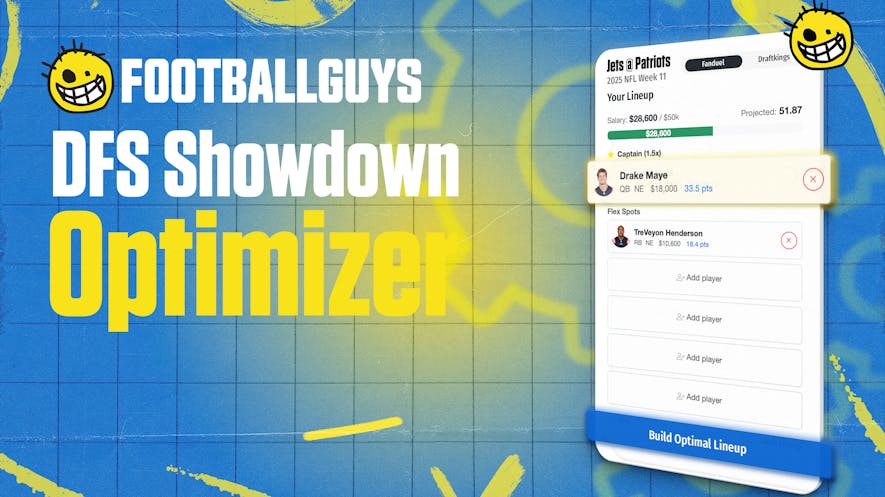Whether you have siblings or not, the term “little brother” usually means naïve or green to the world. A person who needs guidance from someone they can identify with or is closely related in age or circumstance. When your big brother is one of the most dominant pass rushers the game has seen this century, it would be easy to assume that you won’t live up to the last name. T.J. Watt may have had the largest brother shoes to fill of any player in NFL history, and to this point, he has lived up to the last name. That was, until the first major injury of his career this past season. As is the case with all major injuries, there is a collective gasp amongst fans and fantasy managers. These gasps are usually followed by a fair bit of pessimism about what the future may hold. This is no doubt a significant chapter in the story of Watt’s career, but I’m here to tell you it’s far from the end.
Related: Can Cole Holcomb Rebound in 2023?
Flip Side: Should You Fade Drue Tranquill in 2023?
T.J. Watt's Dominance
Fans of the NFL may be aware of the Watt name, but maybe not so much his relative dominance as an IDP fantasy option. He has 77 sacks in six years played, which paces him for third all-time if he played a 15-year career. If he plays the same amount of years as his brother J.J. Watt, he would be fifth all-time at this pace. It is also important to note that last season in just 10 games, he had five sacks which was his career low. He played far from 100% at the end of last season and, at times, almost felt like a decoy option on the field, and was still enough to impact quarterback play. The sack department isn’t the only area where he affects the game. He has also accumulated 23 forced fumbles in that span and averages 50+ total tackles a year. There is truly not much more you would want out of an edge rusher in the NFL today. His crowning achievement in my mind was his Fantasy Super Bowl Week performance on Monday Night Football, where he had five tackles, four sacks, and two defended passes. A true week (and fantasy championship) winning performance. These weeks happen more often than you think.
A Look at the Decline
For Watt to qualify as a rebound player, that means he needed to have a drop-off, and he did. He showed his first bit of true mortality this past season when he tore his pectoral muscle in Week 1 against the Cincinnati Bengals. This was in a game where he had already had six tackles, two defended passes, one interception, and a sack. Unfortunately for Watt, when he returned to the field, he just didn’t seem that extraordinary. By his standards, the stats seemed pedestrian and bordered on unworthy of starting. He had become a sack-dependent option that, at times, flopped. In the nine games after his return, seven of them, he had four or fewer tackles and only had four total sacks through the entire span. In the NFL, when you see a player return from injury and look less than he did before, there are two options we can look at. Option 1, he is washed up and will never be the same. Option 2, he was fighting through an injury. While we do know that NFL players don’t get less hurt, we have seen freak injuries occur and only be a footnote in a player’s career. I believe option two is where Watt fits.
Continue reading this content with a ELITE subscription.
An ELITE subscription is required to access content for IDP (individual defensive players) leagues. If this league is not a IDP (individual defensive players) league, you can edit your leagues here.

